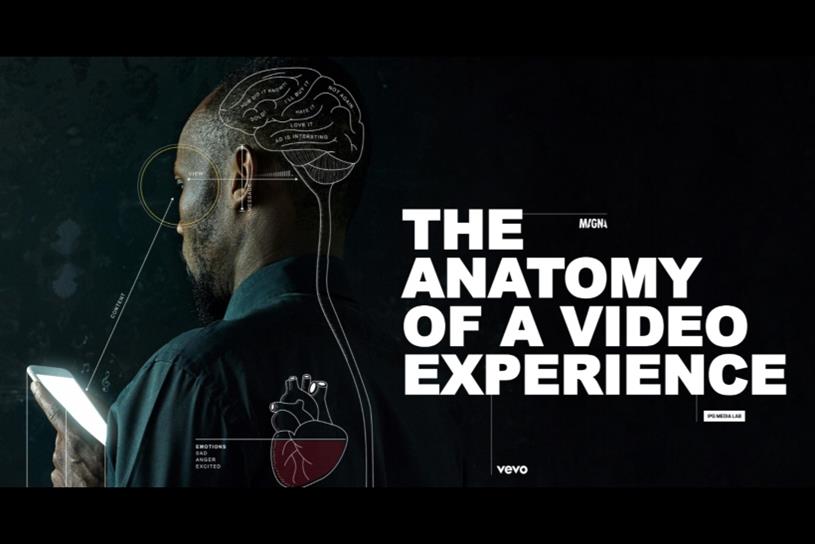Consumers in the U.S. have 10 or more connected devices in their home on average, which may be one of the reasons why most of them don’t have a true “go-to” device for their video-viewing habits.
“The Anatomy of a Video Experience,” a study conducted by MAGNA, IPG Media Lab and Vevo, digs into the various ways in which consumers are viewing videos and the motivations behind those decisions. By tracking video experiences across OTT, linear TV, PC and mobile, the research uncovered the 5 W’s of video consumption – why, what, when, where and who. The study includes insights from 3,500 people in the U.S. (1,500 of which are multicultural), as well as 9,613 tracked video sessions (4,083 multicultural).
One of the key takeaways from the study is that consumers are in varying mindsets when using different video device, with people generally wanting to relax when watching bigger screens or get something of value from PCs.
Co-viewing, the study states, is an opportunity that advertisers to tap into because it provides purpose-driven viewing, longer session lengths and higher receptivity. OTT devices were the top for co-viewers (49 percent), with 43 percent saying they are “especially attentive” on it.
The research also states that video ads should rely on more than just visuals since audio attention is the most important aspect of a video experience to consumers. Consumers give their fullest attention to audio on PCs (56 percent), compared to the highest attention to visual on OTT at 44 percent.
“The industry tends to focus on mobile and OTT, but the truth is that people are using several devices and we need to understand the nuances of why/when,” said Kara Manatt, senior-VP and group director of Intelligence Solutions at Magna Global, in a statement.
Manatt added: “People are focused when listening to rock music, excited when watching action movies… their mood states vary wildly throughout the course of a day and so does their openness to receiving an ad. Brands that understand the mood behind the action are dramatically more likely to grab the attention of listeners and viewers.”
For a more in-depth look at the study, including states on music in video and LTV, see the infographic below.



